|
Report by Victoria M. Troisi
Abstract:
The Scanner was published by the King County Labor Council and was
to be distributed to the members of the 138 affiliated locals of the
council. The paper started as a bi-weekly publication on August 30, 1968. It
switched to a monthly publication within a few years. The paper started
out as an eight page publication and remained that way.
Circulation: Initially The Scanner was distributed, via the postal service,
to the 66,838 members of the labor council. That number increased to
75,000 within a few years and remained at that amount. Annual subscription
rates started at $1.00. In 1978 the rate increased to $2.00 and by 1988
the rate was $7.00 per year. Advertising, along with the subscriptions,
paid for the production and distribution costs of the paper.
Editors: First Editor was John Van Devanter, a 20 year veteran of newspaper
publishing. He was replaced in June of 1973 by Jack Daniels. In September
of 1987 Dan Bickford became the managing editor. Bickford was also the
Executive Secretary of the Labor Council.
Collection: Microfilm at Suzzalo Library, University of Washington [A7140] Seattle
Public Library has another set on microfilm. The Labor Council itself has
a hard copy set in the basement of their office.
Status of Suzzallo Collection: incomplete
Vol. 1, no.1 (Aug 30, 1968) v. 5 no. 8 (Mar. 1973) Dec 1975-Oct. 1981,
Feb/Mar. 1984-Oct/Nov.1987. Labor Council
set contains all issues continuing on until the paper’s demise in 1992.
The Scanner
was published by the
Labor Council and sent out to the membership of the 138 AFL-CIO affiliated
unions in the King County Area. The first edition was published for Labor Day on
August 30, 1968. The headline read, "Labor Day Gives Birthday to New Paper." The
paper initially was seen as a newsletter, albeit a larger one than most
organizations had. The Scanner ran as a paper from August 30, 1968 until
1992. At that time the name of the paper changed to Labor’s Voice and the
size of the paper, while remaining at eight pages, was decreased from regulation
newspaper size, to a newsletter format of 8.5x11
The Scanner was published to keep union members informed of the comings
and goings of union activities in the King County Area. Advertising, mainly for
union businesses, was a main feature in the publication. There was also a
running feature that is found in every issue entitled: "Unfair Businesses as
determined by the King County Labor Council." These were businesses
that the council wanted the union members to boycott, as for one reason or
another, the business was deemed unfair to union members. The list could include
anywhere from 80 to 100 firms located in and around Seattle and King County.
Some businesses never got off the list.
Originally The Scanner had articles written by national labor writers
and concerning issues of national importance. In the first three issues there
was a huge spread entitled "Challenge to Americans: The Racist Roots of
Rioting." This report issued by the government contained over 250,000 words.
This report was timely as the nation had just experienced the race riots in
Watts as well as the riots during the Democratic National Convention in Chicago.
Subsequent issues included articles entitled: "The Grape Boycott Opening in
Seattle, "Don’t Buy California Grapes - Support the United Farm Workers."
(9/68)
One of the main articles written in the 9/27/68 issue had to do with
collective bargaining and the fact that it was under attack. The article was
entitled: "Collective Bargaining Attacked" and the excerpts were taken from a
recent speech given by Theodore W. Kheil to the Convention of International
Association of Machinists. Kheil was a top mediator, who resolved disputes in
such fields as transportation, utility and the maritime industries. His speech
reads in part:
Today unfortunately in this country collective bargaining is under attack.
ironically it is not under attack solely by those who would oppose labor because
they fear the strength that the workingman gets by banding together. It’s under
attack also by those well intended people who would, I am sure, consider
themselves pro labor, who for some reason have reached the conclusion that
collective bargaining doesn’t fit the new times we are entering. That there must
be a different way to resolve labor- management difficulties…. In point of fact,
the collective bargaining process works better than any other means for
resolving conflicts between groups of people in our society, and we need but
look around us at what is happening in race relations, in particular, in student
college relations – to see how difficult it is for people with conflicting views
to arrive at a consensus. Collective bargaining is now 60 to 70 years old…the
process is highly sophisticated and highly developed and works exceedingly well,
but there is room for improvement. (vol. 1 no. 3 pg.
5)
It seems that Kheil might have had a premonition of things to come regarding
the decline of union membership and collective bargaining efforts into the 70’s
and 80’s.
Features
After the first few issues The Scanner, for the most part, left the
national issues behind and started to concentrate on local and regional issues.
Much like Seattle at the time The Scanner was small town and dealt with
information and articles about local people and issues. The paper started taking
classified ads in the November 8, 1968 issue, but they never amounted to more
than a few each issue and were mainly for personal items for sale by the union
members.
There was a rather extensive sports section, which focused on the minor
league football team called the Seattle Rangers. The Rangers were
a team made up of union members who played football on the weekends. A few of
the players included Tony Lister, who played high school ball for Garfield,
college ball for Pacific Lutheran University and during the day he was employed
by Boeing. Another member was John O’Brien, who played college ball at the
University of Washington and was employed during the day as a teacher. (A side
note, O’Brien is still a high school teacher, he coached my ex-husband in
football at O’Dea high school in the 1970’s and is presently one of my
daughter’s track coaches at Hazen High School.) The Scanner listed all of
the games and times for the Rangers and encouraged the union members to
come out and support the team. This was before Seattle had the Seahawks and UW
football was in a slump, so the Rangers were able to have good attendance
at their games. Each publication had a review of the previous week’s game. There
was also a hunting and fishing column written for each issue.
Other regular features included a union crossword puzzle, and a recipe and
cooking column, which was written by Joan Finnegan. In 1968, Finnegan declared
her candidacy for the office of King County Executive. When referring to her in
the article, as well as the caption under her picture, she is called
Mrs. Finnegan, however none of the male candidates are referred to
as Mr.
Items of interest
Some of the articles that I found of interest in the first few years of
The Scanner’s publication were as follows:
11/8/68 "Friends of the Market Start Signature Drive to get Pike Place
Market Preserved." The drive was led by Victor Steinbrueck, UW School of
Architecture Professor. Steinbrueck, as well as others, opposed the decision to
tear the Market down and replace it with a 4,000 car garage, 1,350 units of
middle and upper priced apartment units, a 600 room hotel, 200 units of housing
for the aged and 150 low income units.
11/22/68 An editorial by Bob Johnson, regarding the minor
political parties present in Washington State. They consisted of: Black Panther
party, Peace & Freedom Party, American Party, The New Party, Conservative
Party, Socialist Worker Party, Socialist Labor Party, Freedom Ballot. Two years
previously the only two minor political parties present were the Socialist Labor
and the Socialist Worker. Johnson writes:
There is something there for everyone and it certainly is an indication that
dissent is not dying out; that it is alive and living in Washington State. It is
a tradition of our state to nurture dissent. In the 30’s, Jim Farley once
remarked that this nation was "the 47 states and the soviet of Washington." The
children of those who made that true are still around."(pg.
2)
12/6/68 An article showing that the weekly earnings of production works
in Washington manufacturing industries averaged $145.76. Hourly earnings were
$3.69.
12/20/68 An article dealing with the possibility of a strike by the
members of Local 17 of the Professional & Technical Engineers, has been
delayed until results of the 1969 Legislature are known. Local 17 accepted a 4%
pay hike. (I am a current day member of Local 17 and wish a 4% pay hike was what
we received.)
12/20/68 An article advising that six architectural firms have already
filed as interested parties in the huge task of designing the $40 million dollar
King County Stadium. The stadium was built and came to be known as the Kingdome,
however it only lasted until the year 2000, before being imploded.
01/03/69 An article in which former governor, Albert Rosellini, indicated
he would press for a further amendment to the state constitution to include
funds for rapid transit, if he was elected to the post of County Executive for
King County. (pg.2)
05/70 An article advising that the King County Labor Council rejects
endorsement of the $440 million bond for rapid transit .They do not oppose the
idea of a balanced rapid transit program, if ample federal funding is
guaranteed. But they are against the current proposal, saying it is too
inflexible and burdensome to the taxpayers. $880 million in federal funds are
needed to complete the job. How ironic that 31- 32 years later King County is
still trying to deal with a rapid transit issue, now with a price tag in the
tens of billions.
01/17/69 An article entitled "Women are Clerical" This article gave the
statistics that although women worked in all occupations in 1968, the largest
number, 9.3 million were employed in clerical jobs. 4.3 million were service
workers, excluding those in private households, 4.1 million were employed in
operative fields, (switchboards, elevators, etc.) and 4.0 million were in the
professional and technical fields. (pg. 5)
Some other items of interest included the following advertisement in one of
the 9/68 issues: Brand new Vashon Island 3 bedroom Colonial Rambler, 3000
ft of beach rights, pool, dock facilities and underground utilities, all for
only $21,500.
12/20/68 Christmas Issue featured a huge picture on page one, of Mary and
Jesus and the 3 Wise Men and the salutation for the union members and their
families to have a Merry Christmas. In 1978 the issue for December made no
mention of Christmas and just stated that the members and families were wished
Holiday Greetings and had a picture of Santa Claus. By 1987 the Holiday
Greetings were even more subdued and no pictures of anyone were included.
Politics
The main focus of The Scanner, aside from reporting on the local
issues of the area, was helping to get candidates for public offices elected.
The majority of the candidates endorsed by the paper and the Labor Council were
from the Democratic Party. For comparison I chose three issues of the paper in
three different decades to show the differences in the people running for
political office in the years 1968, 1978 and 1988.
In 1968 the King County Labor Council endorsed the Democratic Party ticket of
candidates and the then President of the AFL-CIO, George Meany predicted that
Hubert Humphrey would win for President against Richard Nixon. Al Barkan, the
National Director of COPE, advised members that "A Vote for George Wallace is
really a vote for Richard Nixon." Locally the candidates endorsed by the Labor
Council consisted of 50 white men, 1 black man and 1 woman. The middle of the
10/25/68 edition had a huge two-page spread, showing the candidates and a sample
ballot. There was also directions on how to use the manual voting machines that
were in use then. Someone should have shown the people in Florida how to use
their ballots this past year.
In 1978 the King County Labor Council still endorsed the slate of Democratic
candidates for office, no presidental race that year. 47 people were running for
local offices and the candidates were a little more diverse including 11 women,
1 black woman, 1 black man and 1 Asian man. The Executive Secretary of the Labor
Council is now the editor of The Scanner and his editorial runs on page
one of each issue. Some of the issues for the members to focus on include the
boycott of Coors Beer and JP Stevens Co.
In 1988 the Labor Day Picnic, that is held annually at the Woodland Park and
sponsored by the King County Labor Council, is the biggest held in many years.
The picnic has free food, soft drinks, ice cream, along with clowns, games and
contests for the children. Scores of political leaders are there mingling with
the crowds and making speeches. This year the slate of endorsed candidates are
still Democratic, but the diversity has not improved from 1978. 35 candidates
are endorsed, including 9 women, 2 black men and 1 Asian man.
While The Scanner ceased publication in 1992, the King County Labor
Council continues to put out a newsletter to it’s 75,000 members. Labor’s
Voice is still sent out to the members of the Council and the publication
continues to inform union members and their families of what is going on in King
County that affects them.
|
Click to enlarge
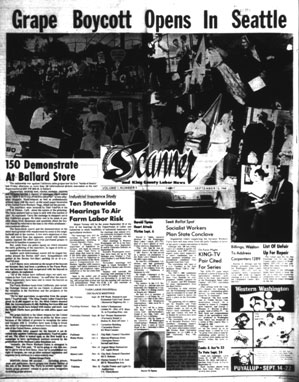
(September 13, 1968, p.1)
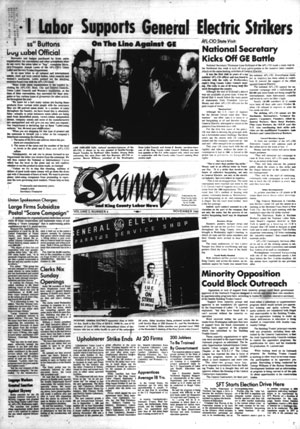
(November, 1969, p.1)

(Labor Day, 1968, p.1)
Politics
Politics dominated The Scanner's pages. In
order to secure gains for labor, the paper argued, workers had to
support pro-labor candidates and remain vigilante of anti-labor
legislation.
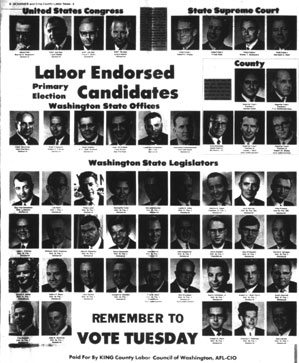
(September 13, 1968, p.8)
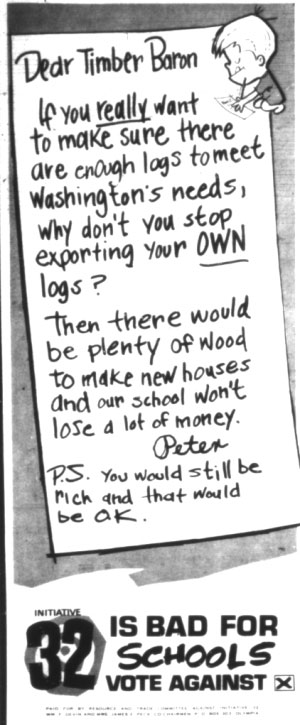
(October 25, 1968, p.7)
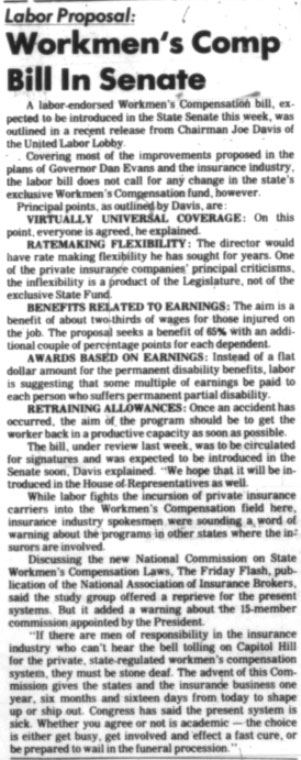
(February, 1971, p.2)
Defending Labor
By the second half of the twentieth century, organized
labor had come under attack from conservative government and society.
Many pages of The Scanner were spent defending collective
bargaining and unions.
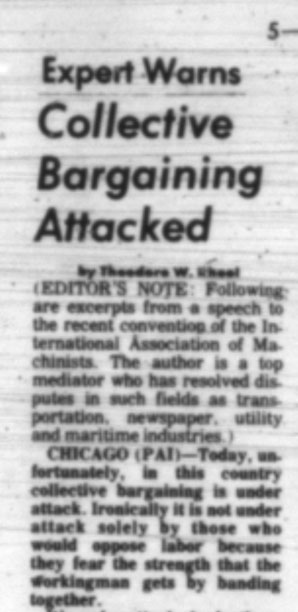
(September 27, 1968, p.5)

(May 23, 1969, p.2)
The Grape Boycott
In the late 1960s, the Farmworkers' Union iniatied a
grape boycott to protest unfair working conditions in the fields.
The Scanner ran articles publicizing the boycott and listed
stores workers should stay away from.

(May 23, 1969, p.1)
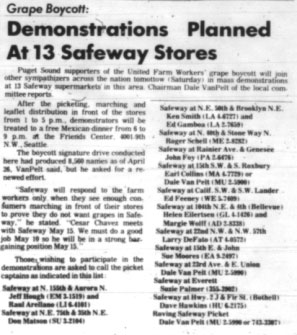
(May 9, 1969, p.1)
Buy American
Writers in The Scanner were extremely concerned
with the offshoring of American jobs and its effect on American workers.

(June 1972, p.2)
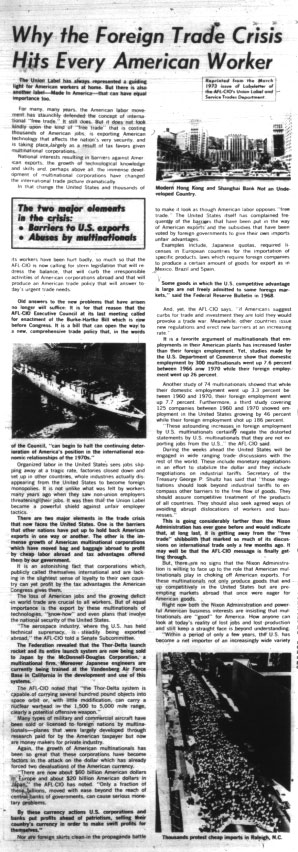
(April, 1973, p.3)
Local News
Like many local labor newspapers, The Scanner
posted lists of local union meetings and news.
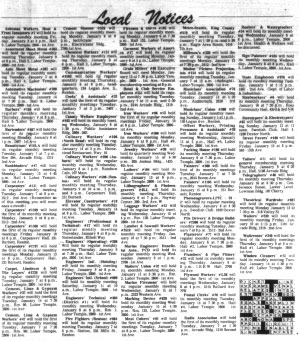
(January 3, 1969, p.6)
Diversions
Not every article that ran in The Scanner was
about labor. The paper contained a full sports page as well as an
Outdoors column, a "Palate Pampering" column which contained recipes and
tips for "homemaking," and a "Labor Crossword," where the clues
contained the names of famous labor leaders and unions.

(March 28, 1969, p.5)
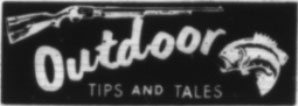
(December 20, 1968, 5)
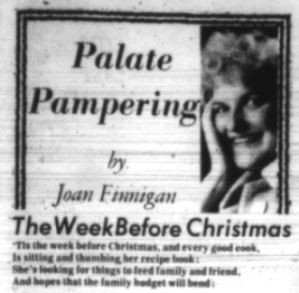
(December 20, 1968, p.5)

(December 20, 1968, p.5)
|